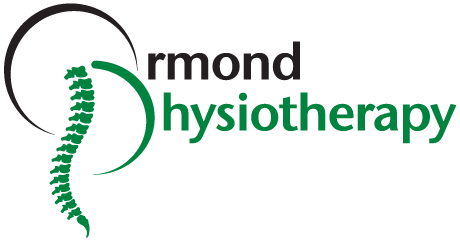It’s Headache and Migraine Awareness Week.
Last week we covered the cervicogenic headache. This week lets delve into the migraine!
As previously mentioned, migraines are less common than headaches, with an estimated 15% of the population suffering. Migraines can be very painful, but what sets them apart from a headache? Well, a migraine is a headache with additional symptoms and are also generally “triggered” by something.
Common triggers include;
- Chocolate
- Cheese
- Caffeine
- Alcoholic drinks
Other less common triggers include;
- Stress
- Strong odours
- Hormones
- Changes in weather
Following a trigger, a migraine generally occurs in a set of stages. These stages include;
Stage 1 – Premonitory Stage
In this stage people may be able to “feel” a migraine coming. Symptoms may include yawning, cravings, neck stiffness, mood changes, irritability and trouble concentrating.
Stage 2 – Auras
This stage occurs for roughly 20% of sufferers. An aura is a temporary, reversible, neurological symptom that occurs just before or during a migraine. The most common auras experienced are visual, such as experiencing blind spots, patches of blurred vision, or flashes of light. Generally auras only present on one side of the body over about 5 minutes and usually last up to an hour.
Stage 3 – Headache
This is where the headache comes in. This isn’t your general headache though, this is moderate to severe pain which throbs and pulsates for generally around 4 – 72 hours. It is generally made worse by movement and is commonly paired with a other symptoms such as nausea, light-headedness, blurred vision, and light sensitivity.
Stage 4 – Resolution
Once the headache has eased, the sufferer often feels like they did in stage one. Sufferers may also feel fatigued or washed out, regardless of the amount of rest they’ve had.
So you may now be asking, “what can I do?”
Migraine treatment can be broken into 3 stages; acute, preventative, and lifestyle change. Depending on the trigger, the therapists at Ormond Physiotherapy may be able to help you in all 3 aspects of treatment.
Our physiotherapists can help in the acute phase by releasing tension in the neck structures, this in turn may help reduce the severity of the migraine.
Maintenance remedial massage is a great preventative measure to ensure the muscle structures stay relaxed and don’t lead to extra tension and stress.
As for lifestyle changes, our physiotherapists can help you implement an exercise programs to aid in the management of recurring migraines.
Please note, if you experience frequent migraines ensure you consult your GP for further advice and management.
Our physio team are here to attend to your urgent care during lockdown. If you need an appointment, call our friendly team on 9578 6588 or click the button below to book today!

